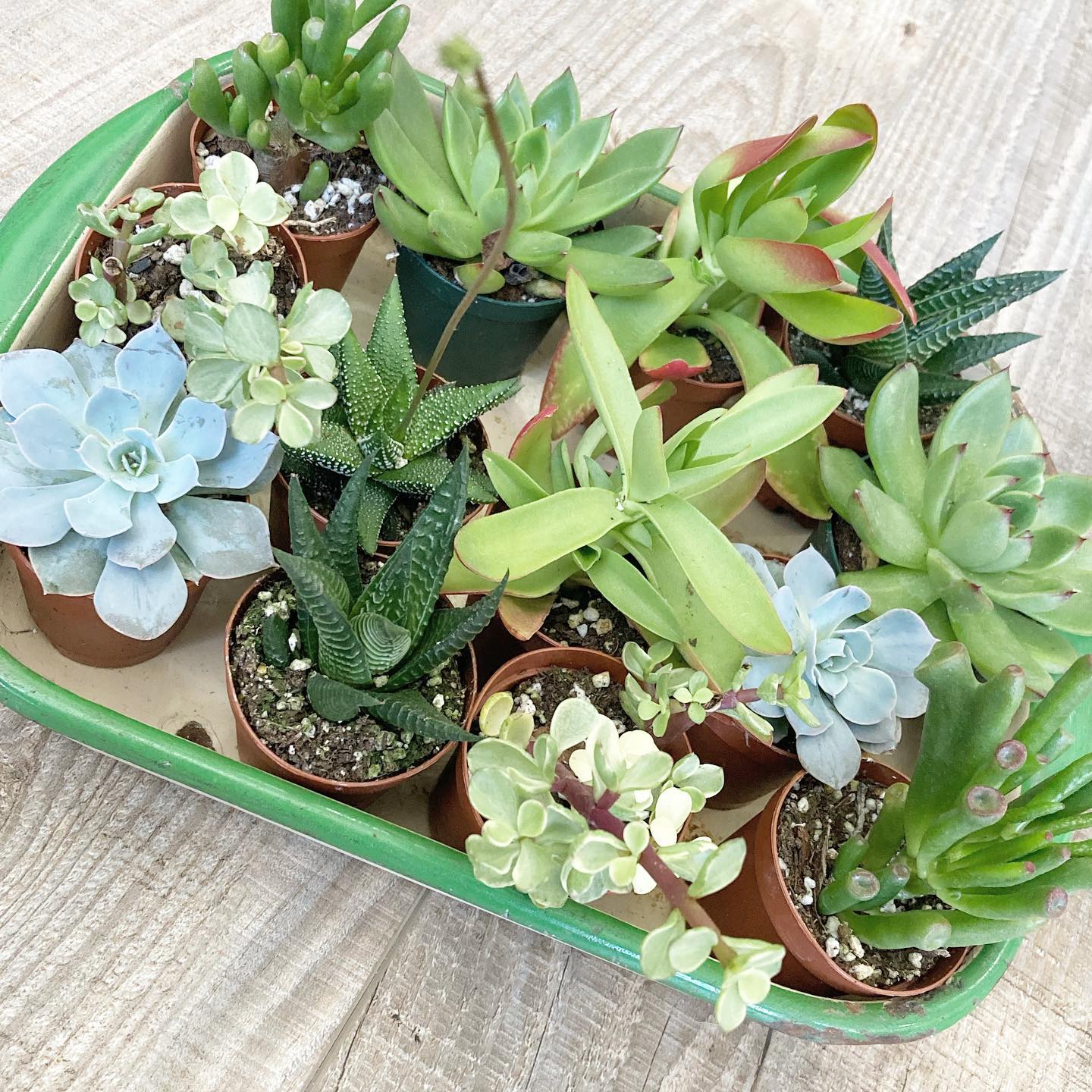
Plant Care
We’ve got all sorts of tips to help you care for your plants to keep them healthy and thriving.
Herb Plant Care
Succulent Plant Care
Tropical Plant Care
Christmas Plant Care
Basil
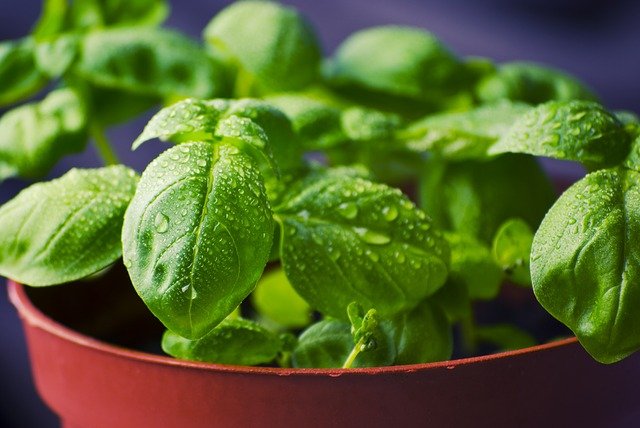
Temperature
Basil likes a warm and humid environment. It is more resistant to heat than cold, and to drought, than waterlogging. It is adaptable to live in hardiness zones 10-12. Teh optimum growth temperature is 72-82 degrees in the daytime and 55-64 degrees at night.
Sun & Lighting
Basil is a full sun plant and needs sufficient sunlight during the whole growth period. It is best placed where it is exposed to sunlight for more than 6 hours per day.
Soil
Fertile, well-drained but moist.
Repotting
When 8-10 leaves grow out on one plant, the plant can be transplanted. Keep plants about 10″ apart.
Water
Average water needs, watering should be done each week or when the top 1-2″ of soil has dried out. Water thoroughly until the soil is saturated and excess water is fully drained from the drain hole.
Chives
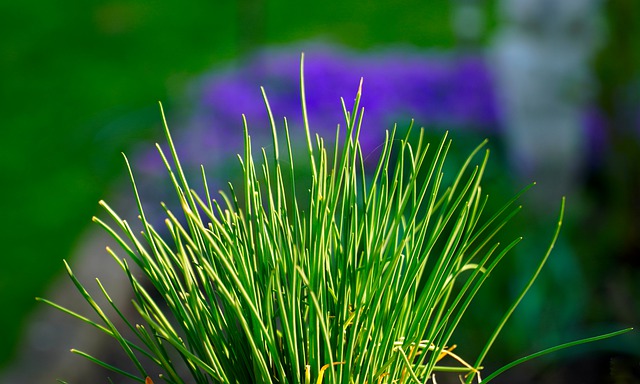
Temperature
Will grow in temperatures ranging from 40 – 85 degrees.
Sun & Lighting
Full sun.
Soil
Moderately rich, well-drained.
Repotting
Divide on a dry, cool day, not during prime growing season.
Water
Drought tolerant, but like a good watering.
Note
Flowers scatter seeds, and this plant can get out of control if planted in your garden.
Lifespan
Perennial
Cilantro
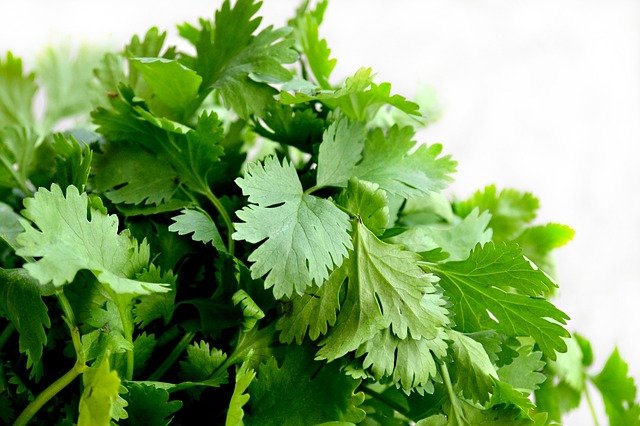
Temperature
Ideal temperature is between 50-85 degrees but can tolerate temperatures as low as 10 degrees.
Sun & Lighting
Full sun to partial shade
Soil
Sand, chalky, loam; well drained; slightly acidic, neutral, slightly alkaline
Repotting
No need to repot, plant seeds directly into soil for additional growth.
Water
Average water needs; water regularly but do not let the water accumulate.
Dill
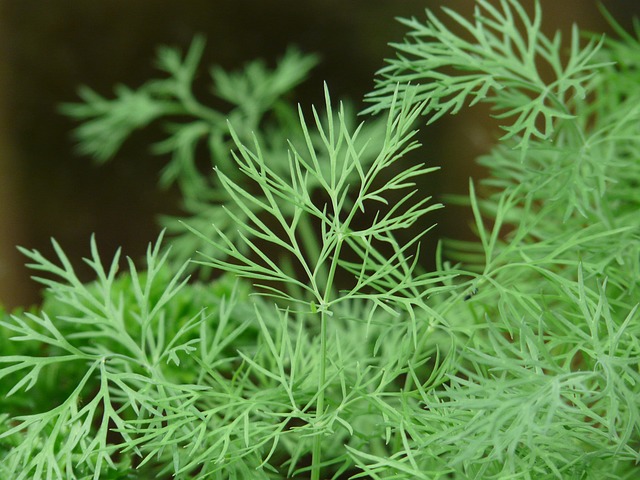
Temperature
The ideal temperature is in the 70s but can tolerate temperatures down to 25 degrees.
Sun & Lighting
Full sun to partial shade.
Soil
Likes rich, well-drained soil.
Repotting
Repot if soil becomes compacted.
Water
Water weekly during dry spells.
Tip
Protect from gusts of wind.
Lifespan
Hardy annual
Lavender
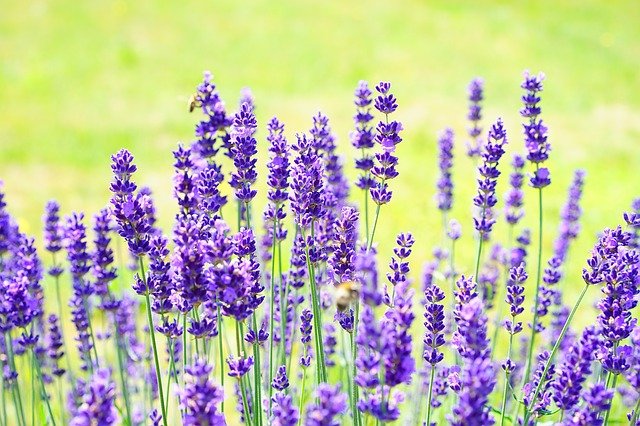
Temperature
Hardy to -30 degrees.
Sun & Lighting
Full sun to partial sun. loves warmth and prefers to grow in a sunny spot.
Soil
Thrives in lean, well-drained soils that are more on the dry side. prefer neutral to slightly alkaline soil.
Repotting
Needs excellent drainage if planted in pots.
Water
Very drought-tolerant and doesn’t require much water to grow. Does require more frequent watering during establishment and first blossoming season compared to established, mature plants.
Fun Fact
Fragrant flowers and foliage attract an assortment of butterflies.
Lifespan
Perennial
Varieties
English, Spanish
Mint
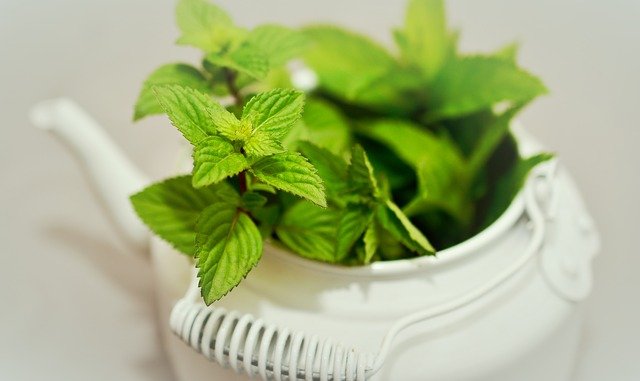
Temperature
Prefers daytime temperatures in the 60’s and nighttime temperatures in the 50’s, but can tolerate low 40’s.
Sun & Lighting
Full or part sun.
Soil
Moist, well-drained.
Repotting
When crowded, repot into a container wider than it is deep, or divide into sections and pot each section.
Water
Water when soil surface begins to dry.
Note
Likes good air circulation and high humidity.
Fun Fact
Remains productive for 6 months or more in pot culture.
Lifespan
Perennial
Varieties
Peppermint, Spearmint, Pineapple Mint
Olive Tree

Temperature
Will grow best in temperatures between 65 and 80 degrees.
Sun & Lighting
Full sun – olive trees need lots of light.
Soil
Keep the soil moist but make sure the pot has drainage.
Repotting
No real need to be pruned. If pruning is needed, prune from the tips and lower branches in spring or early summer. If repotting, this will stimulate new growth. Use a potting mix labeled palm, citrus, or orchid.
Water
Light waterings – make sure the pot has drainage. But if the tree gets too dry, it will drop leaves. Foliage will regrow quickly, so if this does happen, don’t give up on it!
Note
Can use Neem oil if bugs appear.
Fun Fact
These trees grow up and out, like an umbrella. They are slow growers and produce natural layers.
Oregano
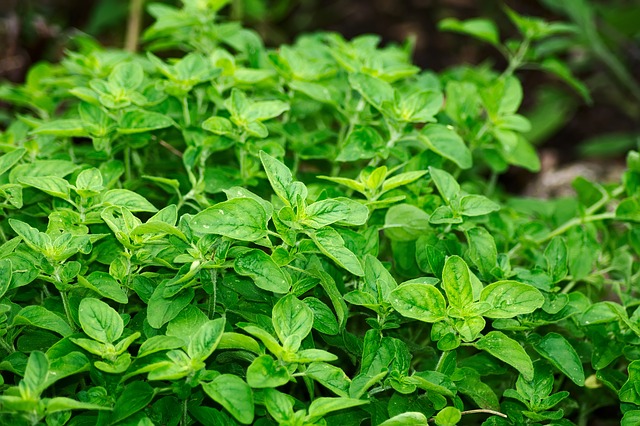
Temperature
Prefers daytime temperatures in the 70’s and nighttime temperatures in the 60’s but can take temperatures in the high 40’s.
Sun & Lighting
Full sun to partial shade.
Soil
Moist, but well-drained.
Repotting
Can stay in pot indefinitely, but repot if soil becomes compacted.
Water
Allow soil to dry between waterings.
Tip
to insure getting culinary oregano, buy 4″ tip cuttings. Plants will remain productive in pots for one to two years. When they become woody, replace them.
Lifespan
Tender perennial
Parsley
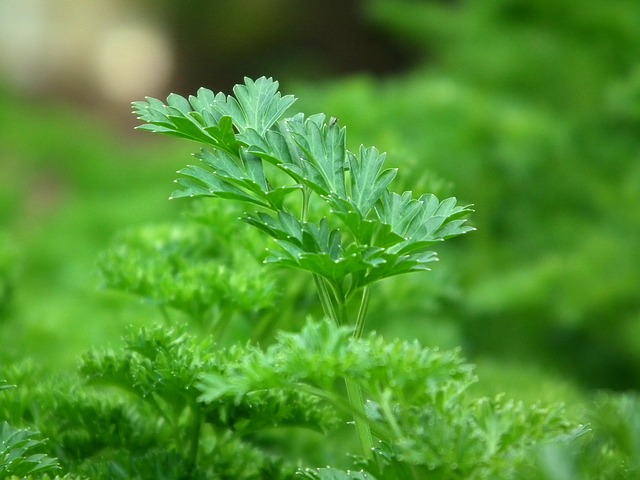
Temperature
Prefers 60-65 degrees but can take temperatures in the low 40’s.
Sun & Lighting
Full sun to partial shade.
Soil
Moderately rich, moist, well-drained.
Repotting
Repot if soil becomes compacted.
Water
Water whenever the top inch of soil is dry.
Tip
Remains productive for six to nine months in pot culture.
Fun Fact
Add a parsley infusion to bath water to soothe and cleanse.
Lifespan
Biennial
Poinsettia

Temperature
Indoor temperatures of 65-70 degrees F is ideal.
Avoid placing poinsettias where temperature fluctuates or may be drying, such as near cold drafts, heat ducts, fireplaces, fans, space heaters, etc.
Poinsettias will suffer damage if they are exposed to temperatures below 50 degrees F.
Freezing temperatures will kill poinsettias.
Sun & Lighting
Put in a south, east or west window where the plant will receive bright daylight.
Soil / Repotting
In late spring or early summer, transplant your poinsettia into a larger container (about 2 to 4 inches bigger than the original pot) or into a part-sun garden bed.
In pots, use a soil mix with a good amount of organic matter such as peat moss. Make sure your new pot has good drainage.
In the garden, plant into a garden bed with well-drained soil that gets 4 to 5 hours of sun per day. Mix in organic matter such as peat moss or compost into the soil. This will help maintain soil moisture and create a good growing environment for the roots.
Water your poinsettia thoroughly after transplanting.
Fertilizing
You do not need to fertilize your poinsettia during the holidays.
Start fertilizing your plant when you see new growth (new green leaves, stems, bracts).
Fertilize with an all-purpose household plant fertilizer.
Mix with water it at half the recommended strength.
Feed your poinsettia every 3-4 weeks to keep plant healthy and provide the necessary nutrients for new growth.
Water
Keep soil moist.
Water plant when the soil surface feels dry to a light touch, or pot feels lightweight when lifted. Never allow poinsettias to get so dry that they wilt.
Remove from decorative foil or outer pot before watering.
Make sure your plant is in a pot that drains freely.
Set plant in a sink and water thoroughly, allowing the plant to drain completely.
Never allow poinsettia pots to sit in excess water. Constant wetness will rot plant roots.
Continue watering as needed January through March.
Rosemary
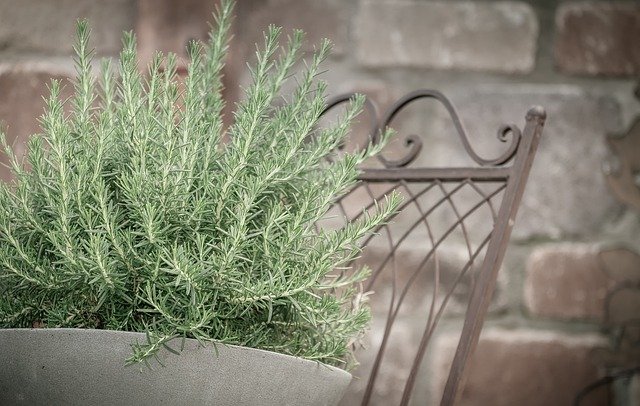
Temperature
Prefers daytime temperatures in the 70s and 60s at night, but can tolerate low 40s.
Sun & Lighting
Full sun.
Soil
Light, well-drained.
Repotting
Woody growth and yellow leaves may indicate the plant is pot-bound
Water
Well-drained, but don’t let soil dry out completely or plants will die.
Lifespan
Perennial
Sage
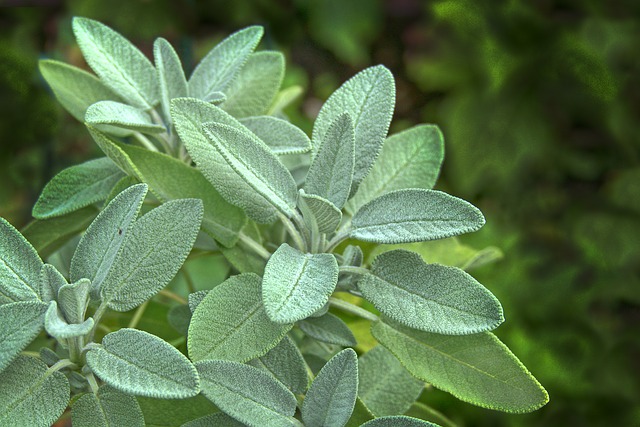
Temperature
Prefers daytime temperatures in the 70s and 60s at night, but can tolerate low 40s.
Sun & Lighting
Full sun.
Soil
Needs good drainage.
Repotting
Allow plenty of room for air circulations. remains productive for one to two years in pots.
Water
Can withstand frequent waterings.
Note
Great for containers!
Lifespan
Perennial
Fun Fact
Keep enough on-hand for stuffing during the holidays!
Varieties
Culinary sage, purple sage, tricolor sage, pineapple sage
Succulent Pumpkin
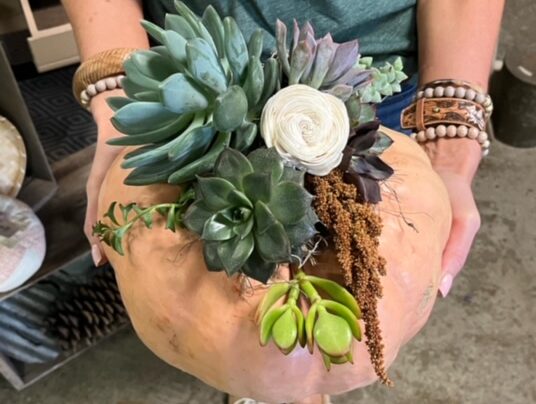
Temperature
Ideal temperature is 60-90 degrees Fahrenheit. Keep above 45 degrees.
Sun & Lighting
Lots of sunlight but not direct sunlight. Succulent pumpkins need about 4-6 hours of sunlight.
Repotting
After pumpkin season, plant succulents in cactus or succulent potting media. Succulents will likely go dormant in winter and have little to no growth.
Water
Mist every 1-3 days. Do not let water pool at the stem.
Lifespan
Arrangement should last for months if proper care is maintained. Remember that succulents like it warm and dry.
Swiss Cheese Philodendron
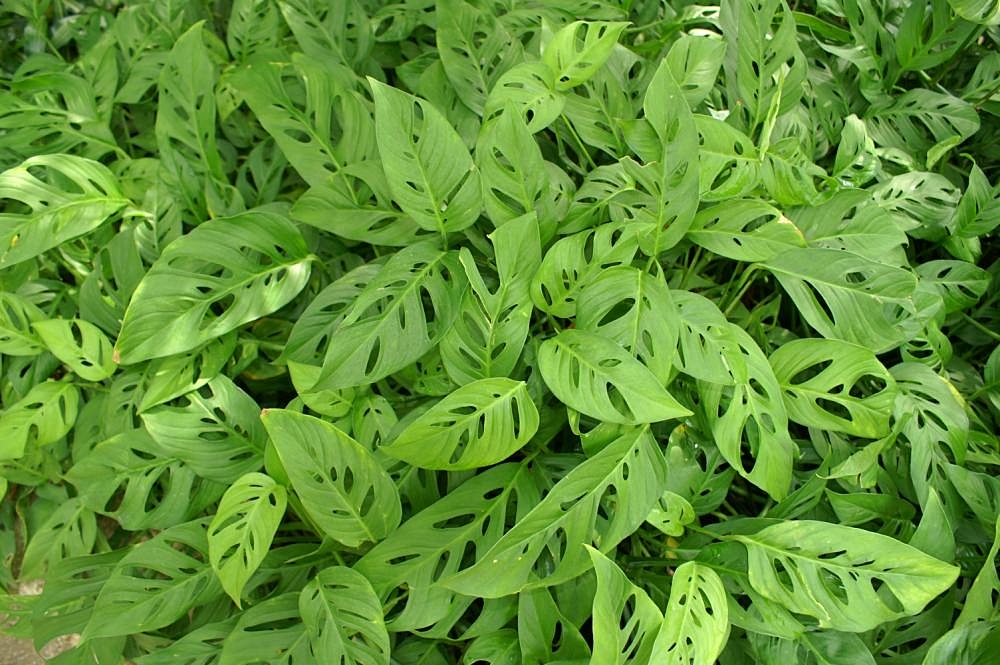
Temperature
This plant will thrive in a warm environment with high humidity. This is typically a houseplant and prefers temperatures between 64-86 degrees.
Sun & Lighting
Swiss Cheese plants love sunny spots in your home. It is recommended to place the plant in a location that receives lots of indirect sunlight with a little bit of partial shade.
Soil
Plant your swiss cheese plant in a deep container that is twice the size of the main root ball. The container should have drainage holes to help avoid root rot.
Repotting
It’s recommended to repot every 1-2 years in spring before growing season, and increase the pot size by around 2″ across to encourage growth.
Water
Swiss cheese plants need an average amount of water, and it’s important to avoid overwatering the plant as this can lead to root rot. Water once per week, although it may need additional watering during hot or dry weather. A good way to determine if your swiss cheese plant needs watering is to check that the soil is slightly dry first. They enjoy a humid environment, so along with watering, lightly spray the leaves every other day to keep the plant from drying out.
Note
The sap within the swiss cheese plant contains toxins that are poisonous to dogs and cats.
Thyme
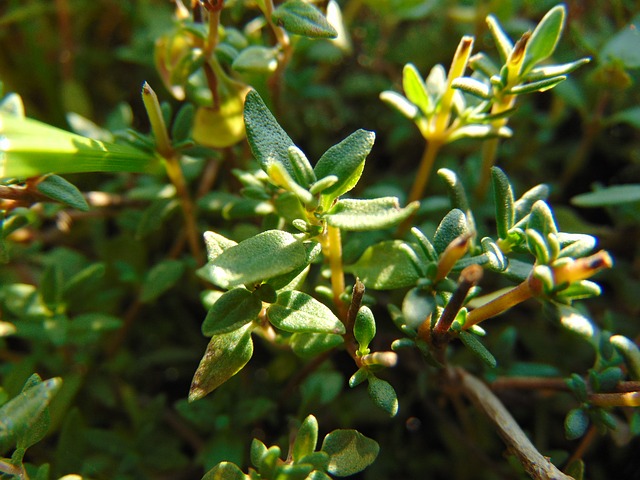
Temperature
Can tolerate heat well.
Sun & Lighting
Full sun.
Soil
Light, dry, well-drained.
Repotting
Repot if soil becomes compacted
Water
Allow soil to dry between thorough waterings, drought tolerant
Lifespan
Perennial

